
How Often to Replace Your Baby Bottles – Stay Hygienic and Safe
Baby bottles are crucial pieces of equipment for feeding and caring for your child. The health and safety of your baby could be put in danger if they develop wear and tear over time.
We’ll give you the key information you need on how often and when to replace your baby bottles in this article. We’ll go over the significance of cleanliness, the warning signs that a bottle needs to be retired, and provide helpful advice on how to choose suitable replacements for your priceless child.
Join us as we navigate the world of baby bottles and protect the welfare of your young child if you’re a parent looking for clarification on bottle replacement.
Do Plastic Baby Bottles Expire?
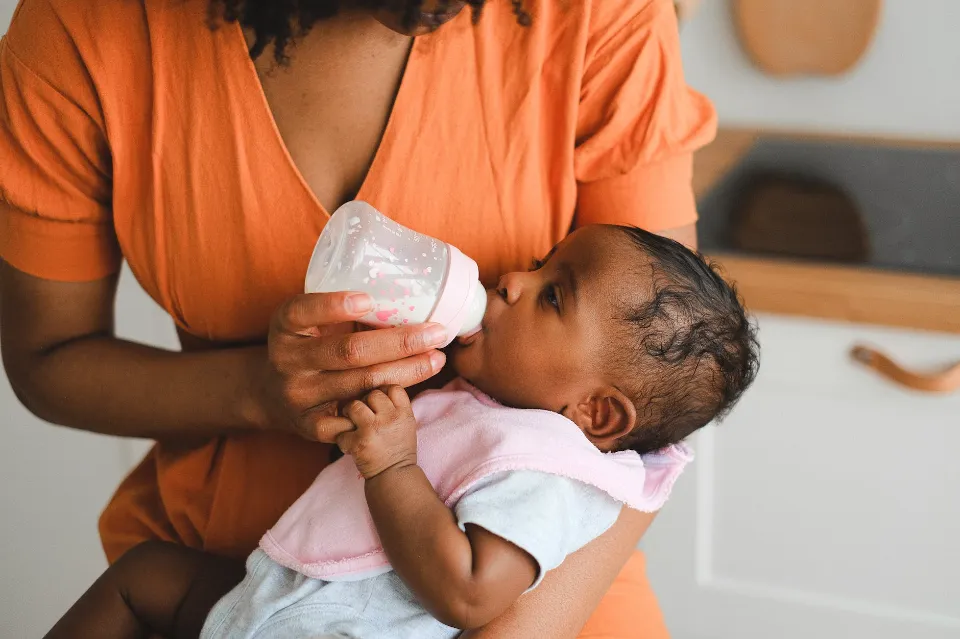
Yes, they do, because baby bottles are made of plastic, a material that degrades with use. The plastics we use every day are much higher quality now than they were in the past because of advances in material research, improved manufacturing techniques, and environmental concerns. While higher quality does not mean that something is impervious to wear and tear, it does mean that it will last longer.
Any product that is free of both BPA and EA is one that was not made with the organic compound Bisphenol A and does not release any chemicals with estrogenic properties (EA) when it is heated or compressed. Many plastic items, including baby bottles, plastic plates and cutlery, storage containers, and beverage bottles, have historically been produced using BPA.
Due to the use of BPA plastics in bottles and sippy cups, research has shown that babies and young children are most exposed to BPA. Small amounts of BPA leak out of plastic bottles and cups during washing, hot water sterilization, and heating.
Read More: How To Keep Baby’s Room Smelling Fresh
When Should Bottles & Bottle Nipples Be Replaced?
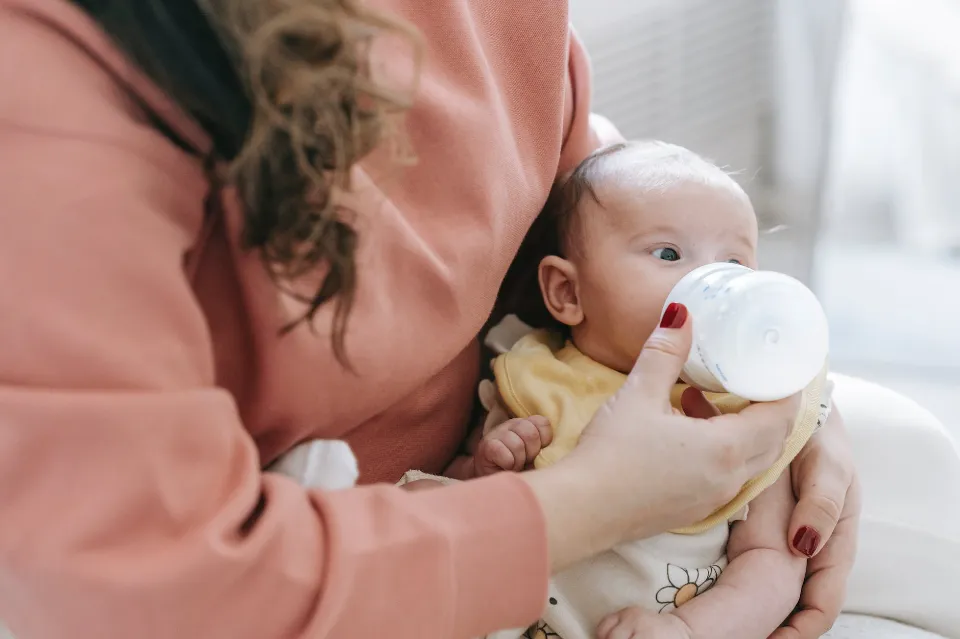
According to The Health Site, a general rule is to replace nipples every two months on average if you regularly check your bottles for wear but they happen to be in good condition. Because silicone or latex materials are more vulnerable to damage during feeding, cleaning, and sterilization procedures, nipples need to be replaced more frequently. Replacement of bottles is advised every 4-6 months. If glass bottles are in good condition, they might not need to be replaced as frequently.
How Often Should You Replace Baby Bottle Nipples?
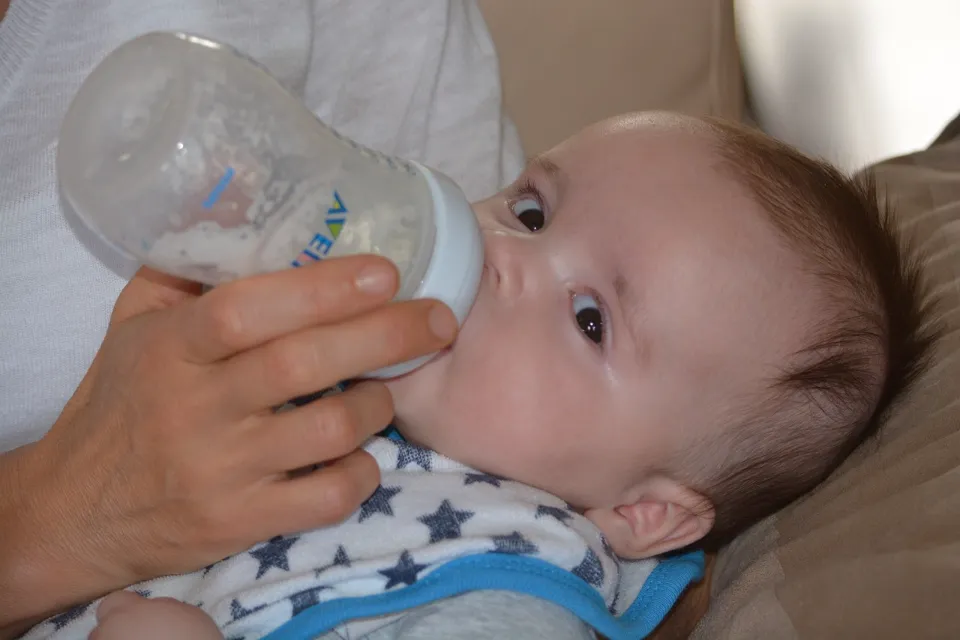
Even more abuse is placed on baby bottle nipples than the bottle itself. The bottle may only have to withstand a few bumps and drops, but sucking and biting put a lot of strain on nipples. Since they are constantly in contact with the baby’s mouth, they are also sterilized with greater care.
For these reasons, nipples have to be replaced more often than the bottle, as often as one to two months. The timing of their replacement is ensured by routine checks of the nipple. Similar to baby feeding bottles, a quick visual inspection will reveal when a replacement is required. The most common signs to watch out for are:
- The liquid is pouring out in a stream:Because rubber naturally expands with use, this shows that the hole has grown too large. The inside liquid, whether it be milk, water, or juice, drips out of bottle nipples in a controlled manner. It should be changed when it starts to rush out.
- Discoloration:The nipple must be immediately replaced if it begins to discolor, just like the bottles did.
- Thinning:The nipple’s early thinning is a sign that it is weakening. To withstand bites and constant sucking, nappies are built to be sturdy. It is more likely to tear as it deteriorates. Pinch and pull firmly on a nipple’s bulb to gauge its tensile power. It ought to return to its original shape after you let go. It must be properly disposed of if it doesn’t because it is weakening.
- Stickiness or swelling:The nipple will show signs of deterioration if it is sticky to the touch after cleaning or if it is swollen or bulging in certain areas. Throw it away immediately.
- Cracks, tears, or breaks:Cracks and tears might allow more liquid to escape than is necessary, creating a choking risk. As they are being sucked on, these will quickly form, and as pieces of the nipple break off, this poses a choking risk.
- Fitting:The nipple ought to fit snugly on the bottle. If it does not fit properly, leaks may result or thinning may be indicated. Nipple needs to be changed right away.
Bottle Care
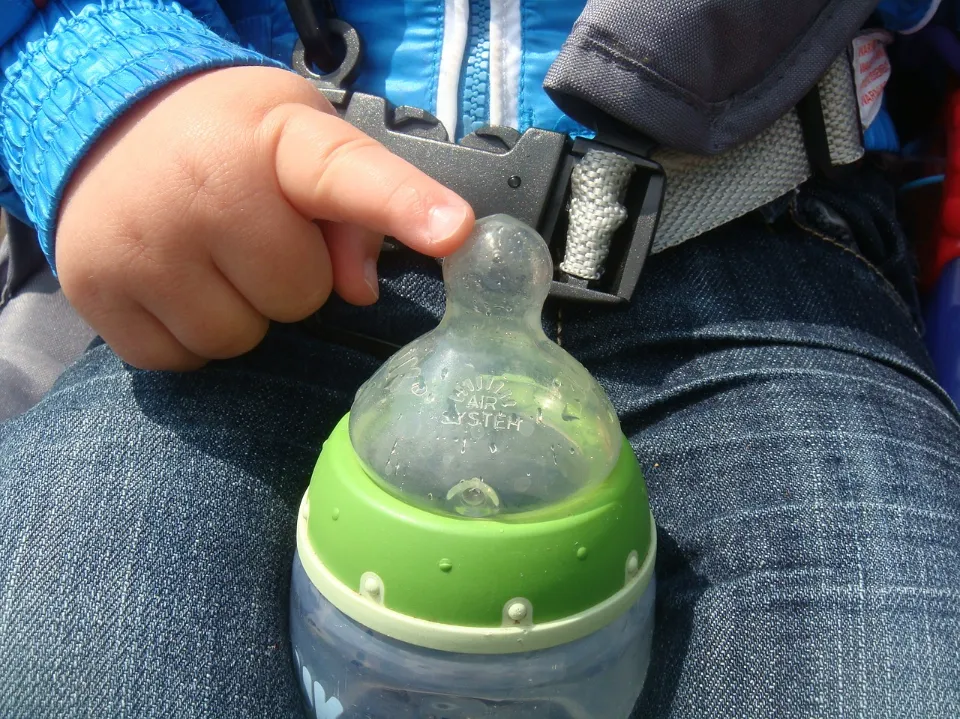
Your bottles’ safety and longevity can be improved with the right upkeep and care. The CDC advises that after each feeding, bottles and bottle components should be disassembled and thoroughly cleaned. If you’re using a dishwasher, make sure to rinse the bottles before putting them in. If hand washing is your preference, make sure to wash all bottles and parts in soapy water. The formation of mold or bacteria can result from soaking bottles or leaving them in the sink.
It is advised to let items air dry in order to stop the growth of bacteria and mold. It is best to keep bottles in a secure location, such as a cabinet, once they are dry. Even if you’ve been careful, your bottles and parts will eventually need to be replaced. Prior to purchasing a brand-new set, make sure to visit the bottle manufacturer’s website. You can easily replace bottles, bottle parts, or nipples by using replacement kits that some bottle companies sell online rather than purchasing an entirely new set.
Conclusion
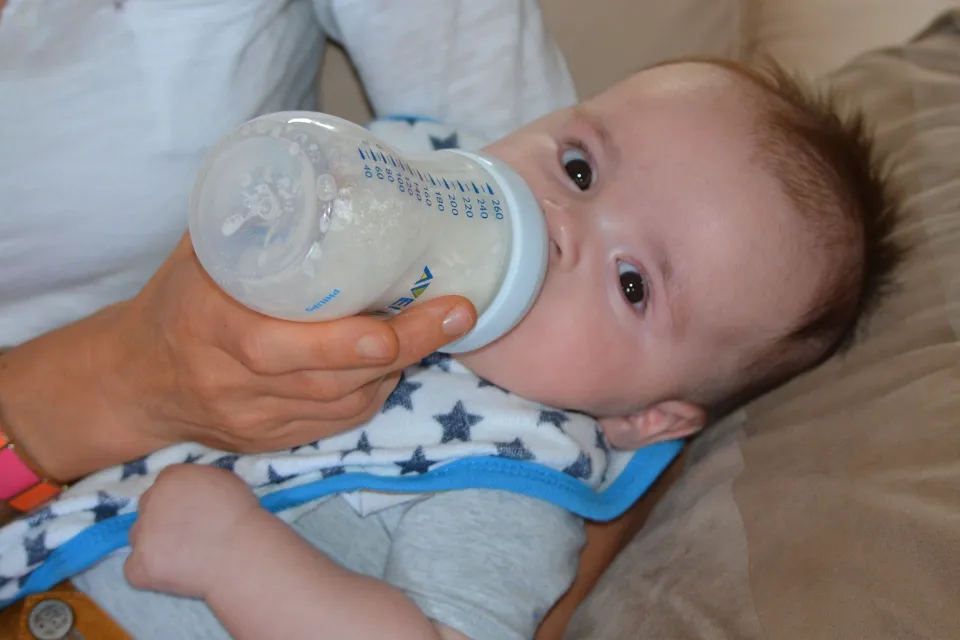
Nipples come in a variety of styles, including latex, multi-flow, and traditional ones. They can also be naturally shaped. The appropriate one may be chosen depending on the use. Additionally, there are specialized nipples made for a particular flow, such as those that are vented or anti-colic. Some newborns profit from milk flowing more quickly, while others prefer milk flowing more slowly.
Read More: Should I Wake My Newborn to Feed at Night
The baby’s comfort level when drinking from a specific bottle and nipple combination is what matters, and mothers are the experts when it comes to their own children. Choose whatever your child appears to be most at ease with; this is the best option.





Average Rating